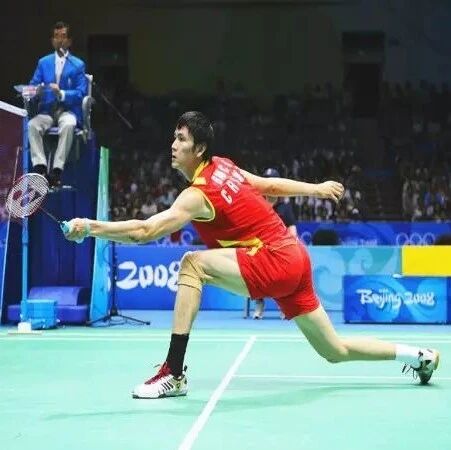What should you do if your backward speed is too slow? Learn the backstep technique from Lee Chong Wei!
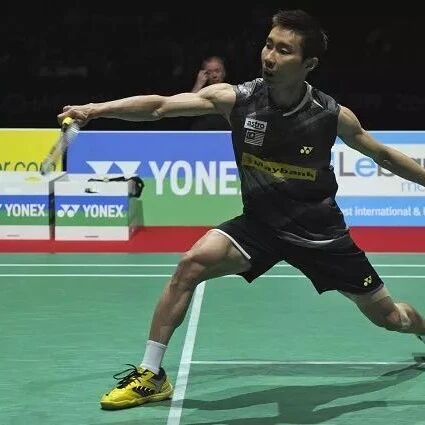

As everyone says, footwork is crucial in badminton—get it wrong, and all your efforts go to waste! And among all types of footwork, the backstep is the most challenging. That’s because we’re naturally accustomed to moving forward: stepping backward feels awkward and difficult to master, often leading to clumsy movements and slower pace compared to our usual forward strides.
Today, let’s take a look at the techniques involved in backward footwork. Most of today’s explanation will use Li Zongwei’s animated movements as examples.
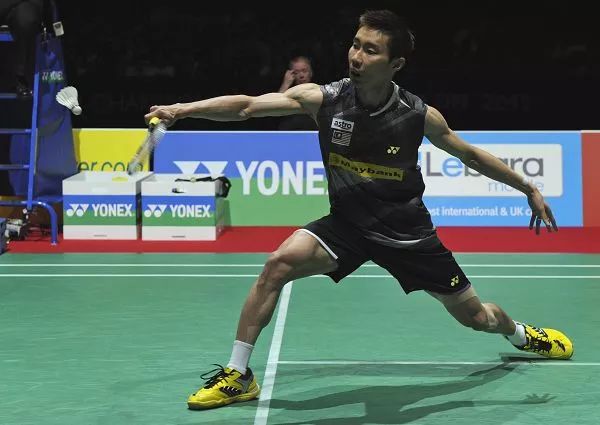



Take, for example, hitting with the right hand: any shot struck on the right side of your body, as well as overhead shots played in the middle or back court, should be classified as a forehand. When executing a forehand stroke, there are three common footwork patterns for retreating—cross-step, side-step, and leap-step—which can be used individually in practice, but are more often combined depending on the situation.
Typically, when receiving a backcourt shot near the baseline with your forehand, this footwork technique is used—especially when the ball is in the right half of the court.
Features:Wide range of motion.
Steps:① Assess the ball's position and your own distance, ② Take a starting step (also known as a small jump step—more on this later), then move your right foot backward with a small step, ③ Next, cross your left foot behind your right foot, ④ Step out forcefully with your right foot to reach the hitting position, ⑤ As your right foot lands, push off the ground to hit the ball at its highest point, ⑥ Finally, return to your original stance.
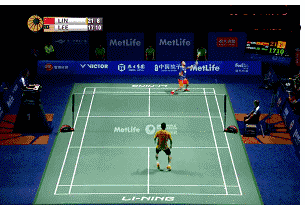
Lee Chong Wei's cross-step back
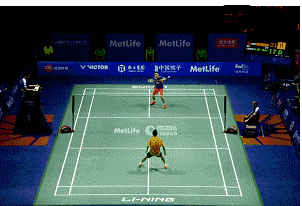
Lee Chong Wei's cross-step diagonal backpedal (running backward)
When hitting a low, baseline forehand shot, this footwork is often used—especially when the ball is in the right half of the court.
Features:Moves at high speed.
Steps:① Assess the ball's position and your own distance, ② initiate your step simultaneously with the body turn, ③ bring your left foot up to meet your right foot, ④ take a large step forward with your right foot to reach the hitting position, ⑤ strike the ball immediately after your right foot lands, ⑥ return to your starting stance.
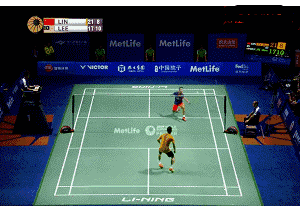
Lee Chong Wei's side-step backward
If you're well-positioned at the baseline and ready to attack, this footwork is often used when the ball is in the right half of the court.
Features:Moves quickly and hits with powerful force.
Steps:① Assess the ball's position and your own distance, ② initiate your step simultaneously with the body rotation, ③ slightly draw your right foot back, aligning its direction with the ball, ④ leap upward and strike the ball at its highest point, ⑤ immediately return to your starting stance upon landing.
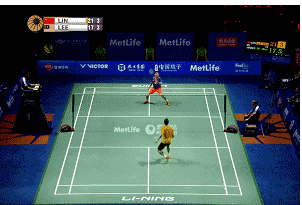
Lee Chong Wei leaps to smash the shuttlecock.
The incoming shot is a high, long ball hit over the head, typically from the left backcourt. You can use a combination of crossover steps and side steps to approach it.
Steps:① Judge the ball's trajectory, ② initiate your step, ③ retreat using a crossover step, side step, or light jog, ④ jump and strike the ball at its highest point, ⑤ immediately return to your starting position upon landing.
This footwork typically involves a slight jump, depending on the ball's situation. First, it’s because it’s harder to stop abruptly after retreating; second, the jump helps deliver a more powerful return. Of course, if you have plenty of time, you can always opt for a better hitting technique.
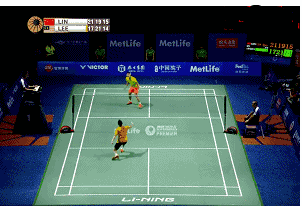
Cross-step backward
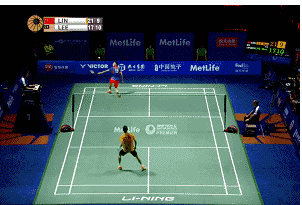
Cross-step + jog
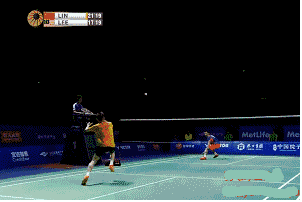
Continuous cross-overs, jump smash



When the incoming ball is in the left backcourt and it’s inconvenient to hit it overhead, you’ll need to use a backhand stepping-back technique. Typically, adjust your footwork based on the ball’s distance: use a two-step backward movement for closer balls, and opt for either a three-step or five-step backward approach when the ball is farther away.
Steps for the cross-two-step backward method:① Begin your step, ② Step forward with your left foot toward the incoming ball, ② Follow by stepping in with your right foot—by this point, you should be standing with your back to the net, ready to hit the ball.
Two-step backward method with feet together:① Step forward, ② Bring your right foot to meet your left foot in a side step, ③ Step forward with your left foot toward the incoming ball while simultaneously turning your body so you’re now facing away from the net, and hit the ball; ④ Return to your starting position.
When hitting a backhand, make sure to stand with your back to the net—this will help improve the quality of your shot.
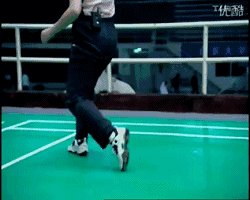
Cross-Step Two-Step Backward Method
Generally, if the two-step backswing doesn't allow reaching the hitting position, players will opt for a three-step or five-step backward movement instead.
Steps:Building on the two-step backward technique (using either a step-in or crossover step), incorporate an alternating running motion to swiftly reach the hitting position, and after striking the ball, quickly return to your original stance.
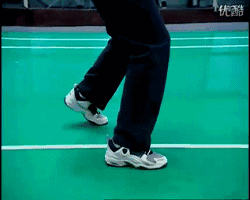
The Three-Step Backhand Groundstroke
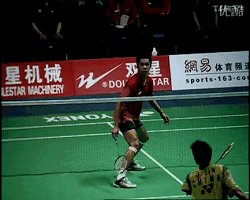
Three steps backward: Side step + crossover step
After completing all the footwork, quickly return to your position on the court.
More article recommendations:
8 Ways to Improve Your Badminton Anticipation—Helping You Win from Afar!
Zhao Jianhua, Yang Yang, and Li Mao have prepared over 100 lessons for everyone, covering techniques like badminton net play, backhand cross-court hooks, and smashes. Click "Read the Original Article in the Bottom Left Corner" to check them out! If you're looking to improve your badminton skills, don't miss this opportunity—definitely worth it!

Related Articles
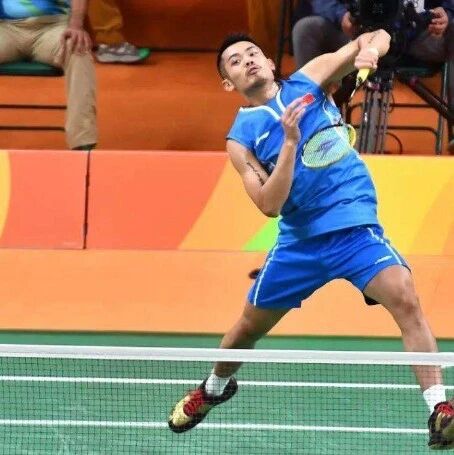
Why is your smash weak? Many people fail because they don’t execute the final step properly.
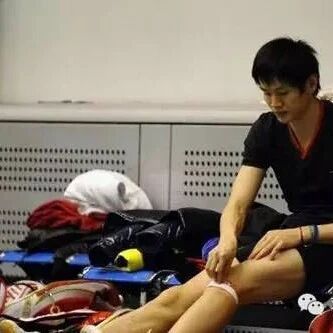
How to protect your knees while playing sports—stick to these 3 key tips for knee health!
